Your Hair Hates Summer (But It Doesn’t Have to): A Stylist’s Survival Guide
I’ve been a hairstylist for a long time—over two decades now—and every September, it’s the same story. Clients troop back from their summer vacations with hair that feels more like straw than silk. They’ll sit in my chair and describe it as brittle, hopelessly dry, and just plain unmanageable.
In this article
- First, Let’s Get Nerdy: What’s Actually Happening to Your Hair?
- Pro Techniques for Bulletproof Summer Hair
- Your Climate Matters: Adjusting Your Routine
- Your Perfect Summer Hair Toolkit
- When Damage Happens: Pro-Level Repair Secrets
- Two DIY Masks That Actually Do Something
- A Few Final Words of Warning (From a Pro Who’s Seen It All)
- Galerie d’inspiration
I’ll never forget one client, a swimmer who basically lived in her pool all of August. She came in with beautiful blonde highlights that had turned this murky, swampy green. She was so upset, thinking she’d have to chop it all off. That’s the reality of summer hair damage. It’s not just a little dryness; it’s a full-on assault of chemical and environmental stress that can wreck your hair’s structure.
But here’s the good news: summer doesn’t have to be a season of hair destruction. You can absolutely enjoy the sun, the sea, and the pool without sacrificing your hair’s health. And it’s not about buying a hundred different products. It’s about understanding what’s really going on with your hair and using a few smart, pro-level techniques to protect and repair it. I’m going to share the exact same advice I give my clients and apprentices, focusing on the practical steps that actually work.

First, Let’s Get Nerdy: What’s Actually Happening to Your Hair?
To really protect your hair, you’ve got to know your enemy. And it’s more specific than just “the sun” or “the pool.” There are real scientific processes at play, and once you get them, choosing the right solution becomes way easier.
1. UV Rays: The Silent Damage
Yep, just like your skin, your hair gets damaged by the sun’s ultraviolet (UV) rays. UVA rays are the ones that fade your color. They dig deep into the hair shaft and mess with the pigments, whether they’re natural or from a bottle. It’s why your expensive color job can look washed out after just one long weekend at the beach. Then you have UVB rays, which are responsible for the physical damage. They break down the protein your hair is made of (keratin), leading to brittle strands, split ends, and breakage.
Think of the outer layer of your hair, the cuticle, like shingles on a roof. Sun exposure lifts and chips away at those shingles. This leaves the inside of your hair exposed, making it feel rough and porous. Not a good look.

2. Chlorine: The Chemical Stripper
That refreshing dip in the pool can be brutal for your hair. Chlorine is a powerful chemical that strips away your hair’s natural protective oil, called sebum. Without that oil, your hair has no defense against moisture loss. Chlorine also pries open that cuticle layer, causing the hair to swell up. This is why it can feel weirdly gummy and weak right after a swim.
And that dreaded “green hair”? It’s not actually the chlorine. It’s a chemical reaction with copper. Chlorine oxidizes metals like copper, often found in pool water from pipes or algaecides. Those oxidized copper bits then grab onto the proteins in your hair, leaving behind a greenish tint that’s most obvious on lighter or more porous hair.
3. Saltwater: The Dehydration Machine
A swim in the ocean works a little differently. Saltwater damage is all about osmosis. Your hair has a certain amount of water in it, while seawater has a super high concentration of salt. Nature loves balance, so water gets pulled from your hair into the ocean to even things out. In short, the salt is literally sucking the moisture right out of your strands, leaving them incredibly dehydrated.

When your hair dries, tiny, sharp salt crystals are left behind. These rough up the cuticle and create friction between strands, which leads to a tangled, frizzy mess.
Pro Techniques for Bulletproof Summer Hair
In the salon, our approach to summer care starts way before the first beach day. Honestly, prevention is so much more effective than repair. Here are the core strategies we swear by.
The Pre-Vacation Cut and Treatment
I always tell my clients to get a trim about two weeks before a big trip or the official start of summer. We’re not just snipping off existing split ends; we’re creating a solid, clean edge that’s less likely to fray. Think of it like taping the end of a rope to keep it from unraveling.
If the budget allows, a pre-summer glossing treatment is a fantastic investment. A gloss is a semi-permanent treatment that coats the hair and seals the cuticle shut, acting like a protective topcoat. It locks in moisture and helps block some UV rays and chlorine. Good to know: A professional gloss can last four to six weeks and will probably set you back between $60 and $150, depending on your salon. The appointment itself is usually pretty quick, often under an hour.

My #1 Summer Hair Hack (And It’s FREE!)
This is probably the single most important habit you can adopt. Your hair is like a sponge. If you jump in a pool or the ocean with it dry, it will instantly soak up all that damaging chlorinated or salty water.
To stop this, you have to drench it with clean water first. Seriously. Before you swim, saturate your hair with tap water from a shower or a water bottle. Then, slather on a bit of silicone-free leave-in conditioner. Now your hair is already “full,” so it has way less room to absorb the bad stuff. This one simple step can cut your summer damage by more than half. No product purchase required!
How to Wash Your Hair Smarter, Not Harder
Summer makes you feel like you need to wash your hair every single day, but that’s usually a mistake. Over-washing can strip your scalp, causing it to produce even more oil to compensate. Instead, try a smarter routine. Use a gentle, sulfate-free shampoo just two or three times a week. On the other days, you can just rinse your hair with cool water to get rid of sweat and salt, then apply conditioner to the ends. It’s a method called “co-washing,” and it cleans without stripping.
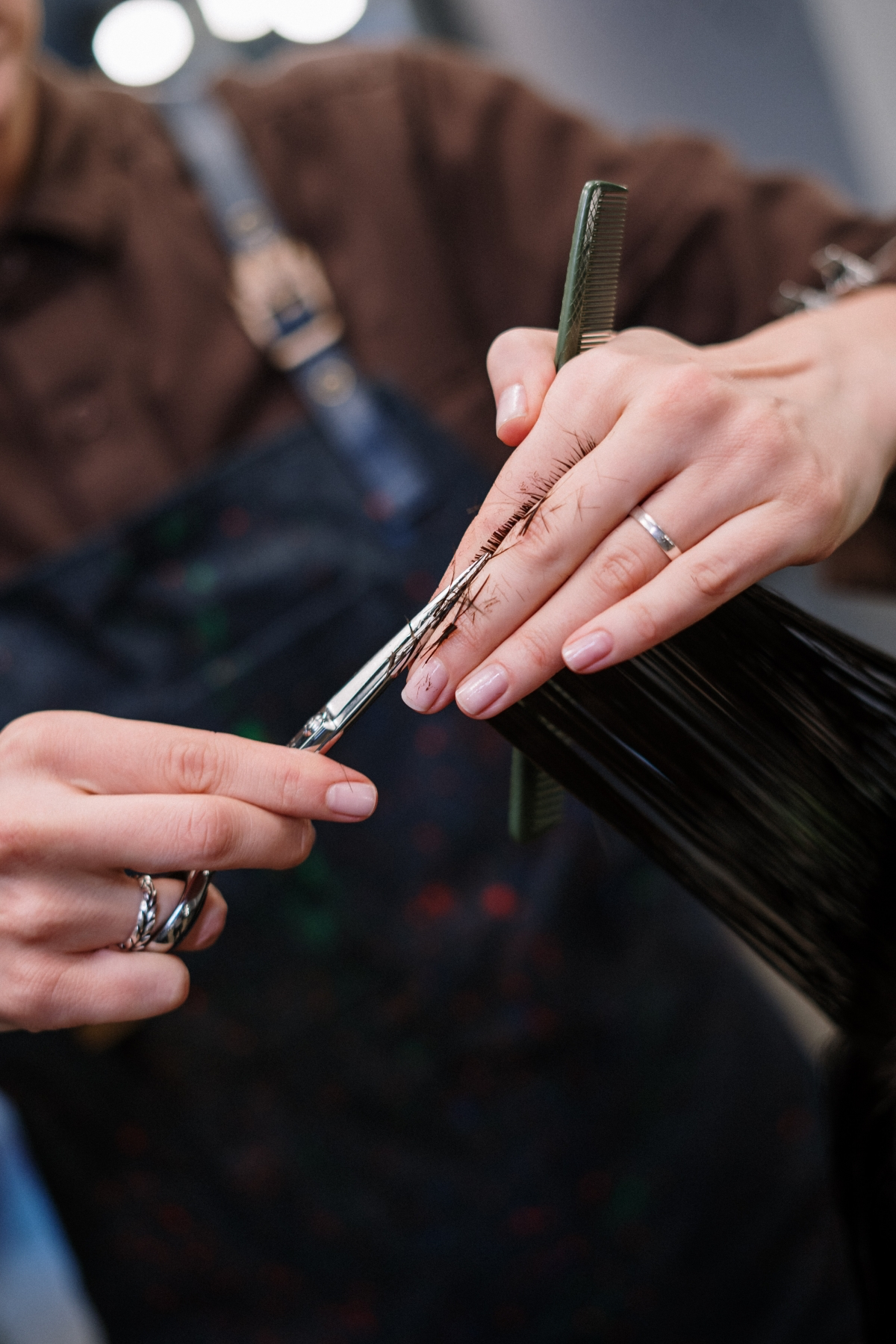
Once a week, though, you’ll want to use a clarifying shampoo. This is non-negotiable for swimmers. It’s designed to remove all the stubborn buildup from chlorine, minerals, and products. A great budget-friendly option is Neutrogena’s Anti-Residue Shampoo, which is usually under $10. If you want something more high-end, we often use Paul Mitchell’s Shampoo Three in the salon, which runs closer to $20. A clarifying wash can be a bit drying, so always follow it up with a good deep conditioner.
Your Climate Matters: Adjusting Your Routine
A one-size-fits-all approach just doesn’t cut it. Your local climate creates unique challenges for your hair.
Dry Heat (Like the Southwest or Deserts)
In places with intense sun and very little humidity, your main enemy is dehydration. Your hair is losing moisture to the dry air all day long. Here, you want to lean into moisture-rich, cream-based leave-in products and sealing oils like jojoba or avocado oil. A weekly hydrating mask is a must. Heads up: a lot of these areas also have hard water, which leaves mineral deposits on your hair. A showerhead filter can make a surprisingly huge difference.
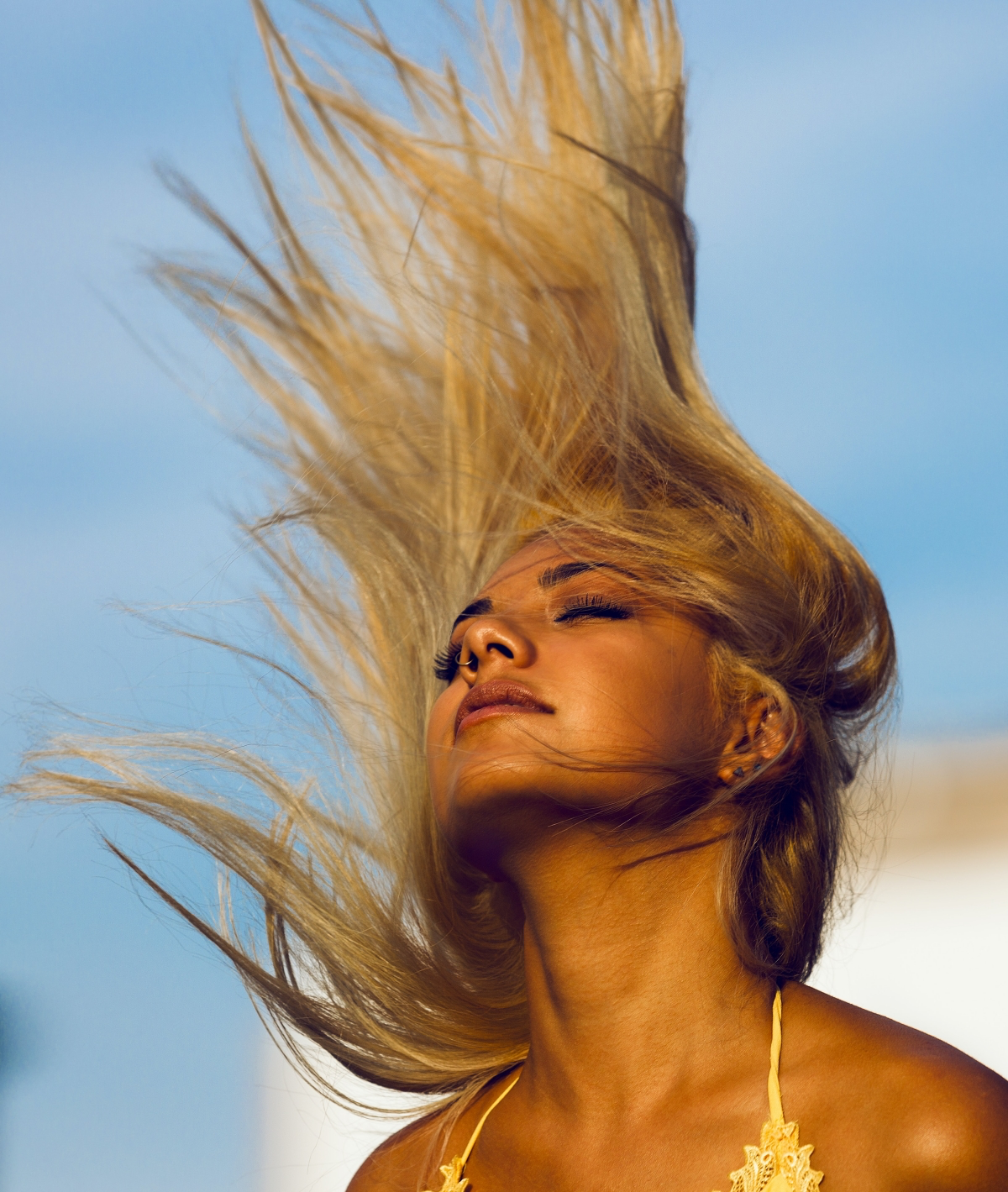
Humid Heat (Like the South or the Tropics)
Down south or in tropical spots, the air is thick with moisture. The big battle here is against frizz. In high humidity, porous hair sucks up moisture from the air, swells up, and creates that dreaded frizz halo. Here, you’ll want to look for products with anti-humectant properties—they often have light silicones that create a shield against airborne moisture. Avoid heavy oils that will just weigh your hair down and make it look limp.
Your Perfect Summer Hair Toolkit
You don’t need a million products. You just need a few really good ones. Here’s what I recommend my clients have on hand for the summer.
- A Wide-Tooth Comb: Please, never use a brush on wet hair. It’s at its most fragile and will stretch and snap. A wide-tooth comb (you can find one for $5 at Target or any drugstore) gently detangles without causing stress.
- A Clarifying Shampoo: To use once a week to get rid of all that gunk. As I mentioned, Neutrogena is a great affordable pick, while Paul Mitchell is a salon favorite.
- A Sulfate-Free Moisturizing Shampoo & Conditioner: This is for your regular washes. This is where it pays to invest in quality. Brands like Pureology or Briogeo are excellent, though you can find solid options from L’Oréal’s EverPure line at the drugstore.
- A Leave-In Conditioner with UV Protection: Think of this as your daily shield. Look for products that list UV filters. Sun Bum makes a popular one that smells like a vacation and costs around $15. Remember to spritz it on in the morning and reapply after you swim and towel-dry.
- A Microfiber Towel or Cotton T-Shirt: Regular bath towels have rough loops that snag your hair and create frizz. A smooth microfiber towel or even an old t-shirt will absorb water without the friction.
- A Silk or Satin Scarf/Pillowcase: A hat is the absolute best sun protection, but a cute scarf works too. And sleeping on a satin pillowcase (around $10-$20 online) reduces friction overnight, helping your hair retain moisture.
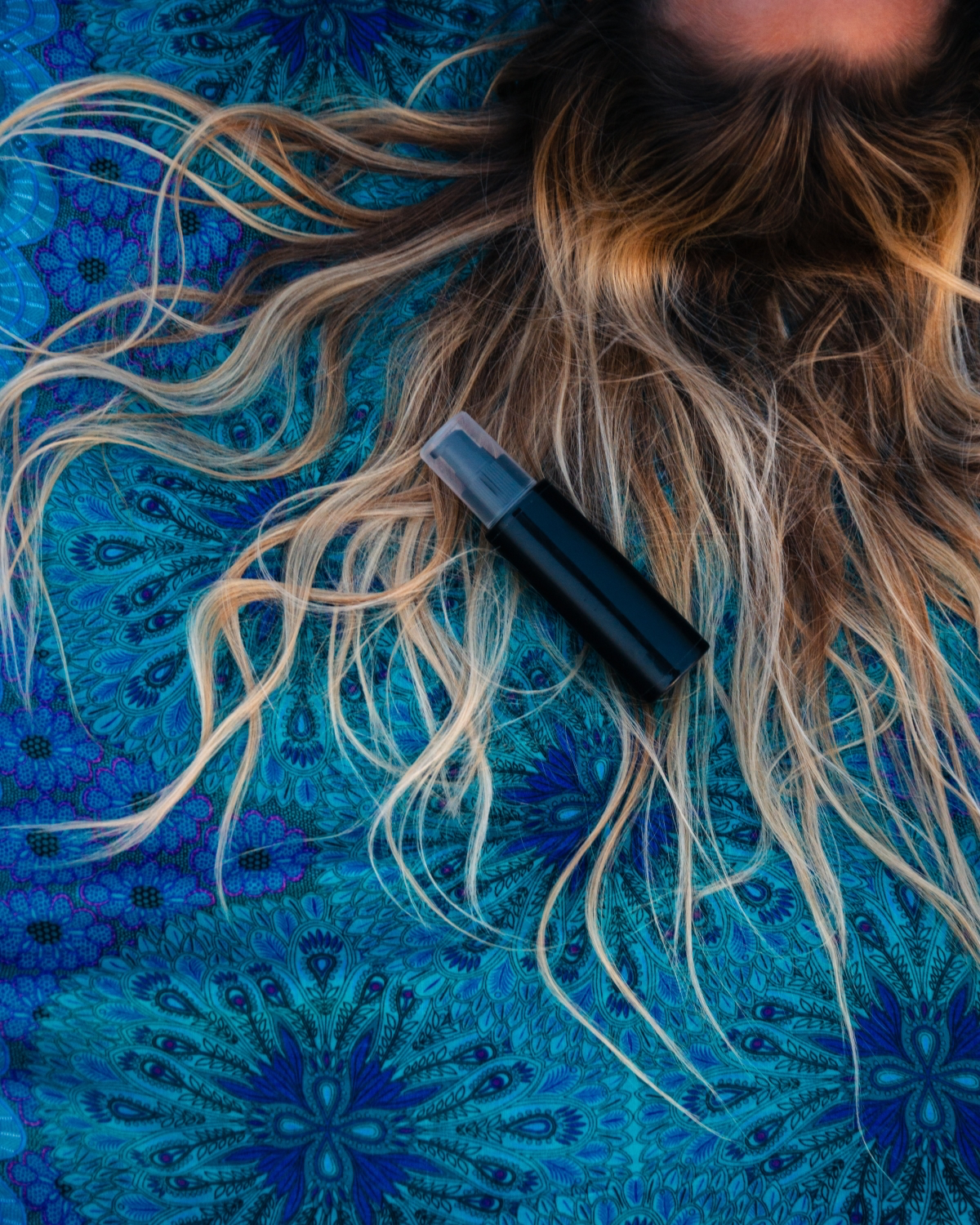
When Damage Happens: Pro-Level Repair Secrets
Okay, so sometimes damage happens despite our best efforts. When a client comes to me with struggling hair, we have to figure out what the actual problem is before we treat it.
What Is Your Hair Trying to Tell You? Moisture vs. Protein
Not all damage is created equal. It’s so important to know if your hair is thirsty for moisture or starving for protein. Here’s a quick strand test we use in the salon. Gently pull a single wet strand of your hair:
- Does it stretch and stretch but not bounce back? Like an old, worn-out elastic band? Your hair is over-moisturized and lacks protein. It feels gummy and weak. It needs a strengthening treatment.
- Does it barely stretch at all and just snap? Your hair is brittle and lacks moisture. It feels rough and dry. It needs a deep-hydrating mask.
Using protein on hair that doesn’t need it can actually make it more brittle, so this test is key!
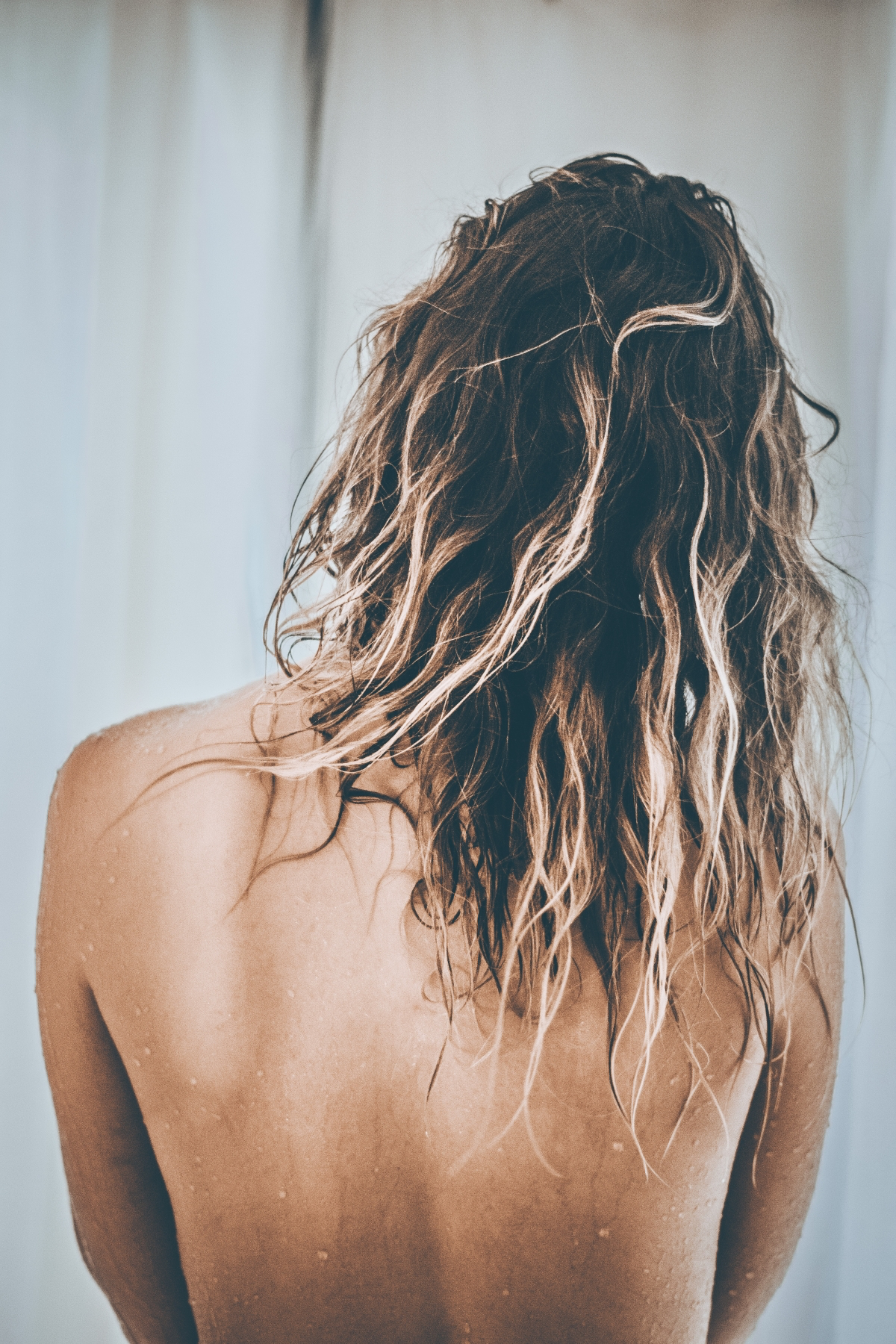
When to Call in the Big Guns: Bond-Builders
For hair that’s truly been through the wringer (especially from bleach and sun), we turn to bond-building treatments. There’s a reason brands like Olaplex and K18 are industry standards—they work on a molecular level to actually rebuild the broken protein bonds inside your hair. This is way more advanced than a conditioning mask, which mostly works on the surface. An in-salon treatment might be a $30-$50 add-on to your service, while the at-home maintenance products are usually around $30 a bottle.
Fixing Green Pool Hair (The Right Way)
If you’re dealing with a green tint from the pool, I am begging you: do not reach for the ketchup. I know it’s a popular home remedy, but it’s messy and doesn’t really work. The acid might lift the mineral a tiny bit, but it doesn’t chemically remove the copper. You’ll just end up with smelly, slightly less green hair. A pro will use a special demineralizing treatment that gently and safely removes the metal ions. It’s a targeted fix that actually works.
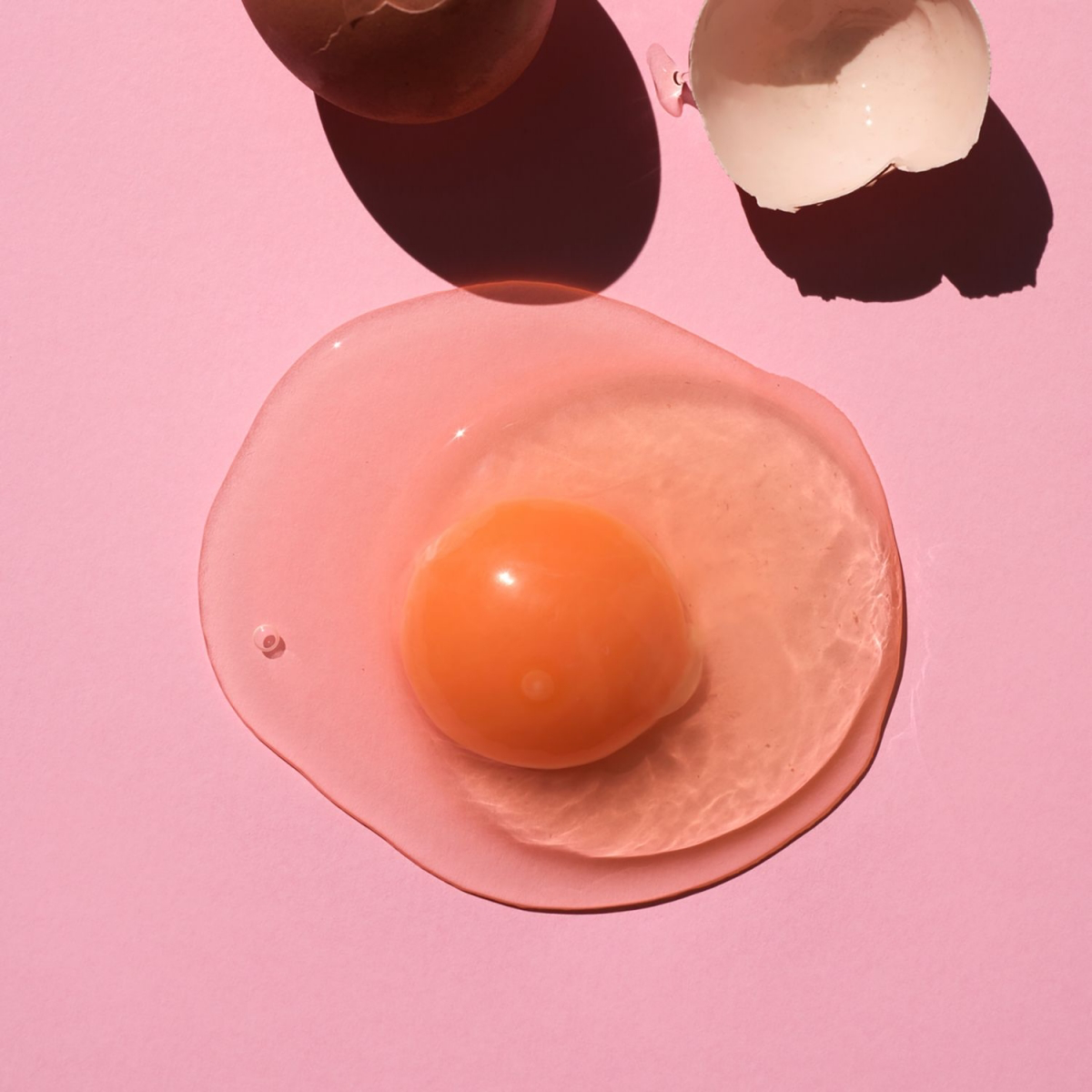
Two DIY Masks That Actually Do Something
For weekly maintenance, these at-home masks use ingredients that provide real benefits. Always apply them to clean, towel-dried hair for the best results.
1. The Moisture-Infusing Mask (For Dry, Brittle Hair)
This one is all about hydration. It’s gentle enough to use once a week. Mix together 2 tablespoons of aloe vera gel, 1 tablespoon of olive oil, and 1 tablespoon of plain, full-fat yogurt. The aloe draws moisture in, the olive oil moisturizes from within, and the yogurt’s lactic acid smooths the cuticle. Slap it on from roots to ends, cover with a shower cap, and let it sit for 20-30 minutes before rinsing with cool water.
2. The Strengthening Protein Mask (For Gummy, Weak Hair)
Use this one sparingly—no more than once every two weeks, as too much protein can cause stiffness. Whisk together 1 egg yolk, 2 tablespoons of coconut milk, and 1 teaspoon of argan oil. The egg protein temporarily patches gaps in the hair shaft, adding strength. Apply it from the ends up and let it sit for 15-20 minutes. And this is critical: you MUST rinse it out with cool or lukewarm water. Hot water will literally cook the egg in your hair. I’ve seen it happen. It’s not pretty.
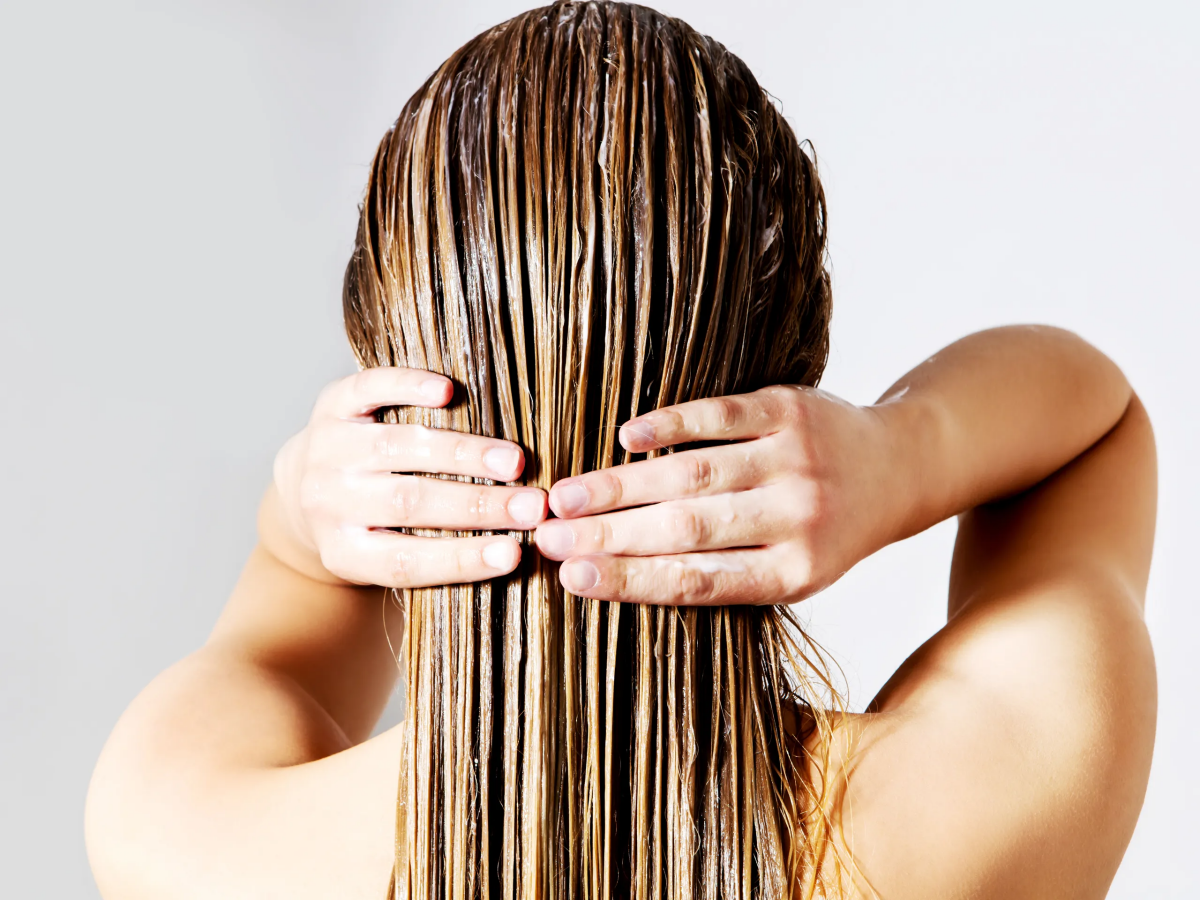
A Few Final Words of Warning (From a Pro Who’s Seen It All)
- Your scalp can get sunburned. It’s real and it’s painful. If you’re not a hat person, you need to protect your part line. A lesser-known trick is to use a powdered sunscreen—it works wonders without making your hair greasy.
- Patch test everything! Before you go all-in on a new product or DIY mask, test a little bit on the skin behind your ear to make sure you don’t have a reaction.
- Don’t get a chemical service right after vacation. Your hair is in a fragile state after being exposed to sun and chlorine. Wait at least a week or two and do a deep conditioning treatment first, or you risk unpredictable results and major damage.
- Know when to see a professional. At-home care is amazing, but it has its limits. For serious breakage or that stubborn green tint, you need to see a licensed pro. We have the right tools to fix the problem safely. Trying to DIY a major issue usually ends with a much shorter haircut than you ever wanted.
Enjoying your summer shouldn’t mean facing a hair crisis in the fall. By working smarter, not harder, you can keep your hair healthy and vibrant all season long. It’s one of your best accessories, after all!
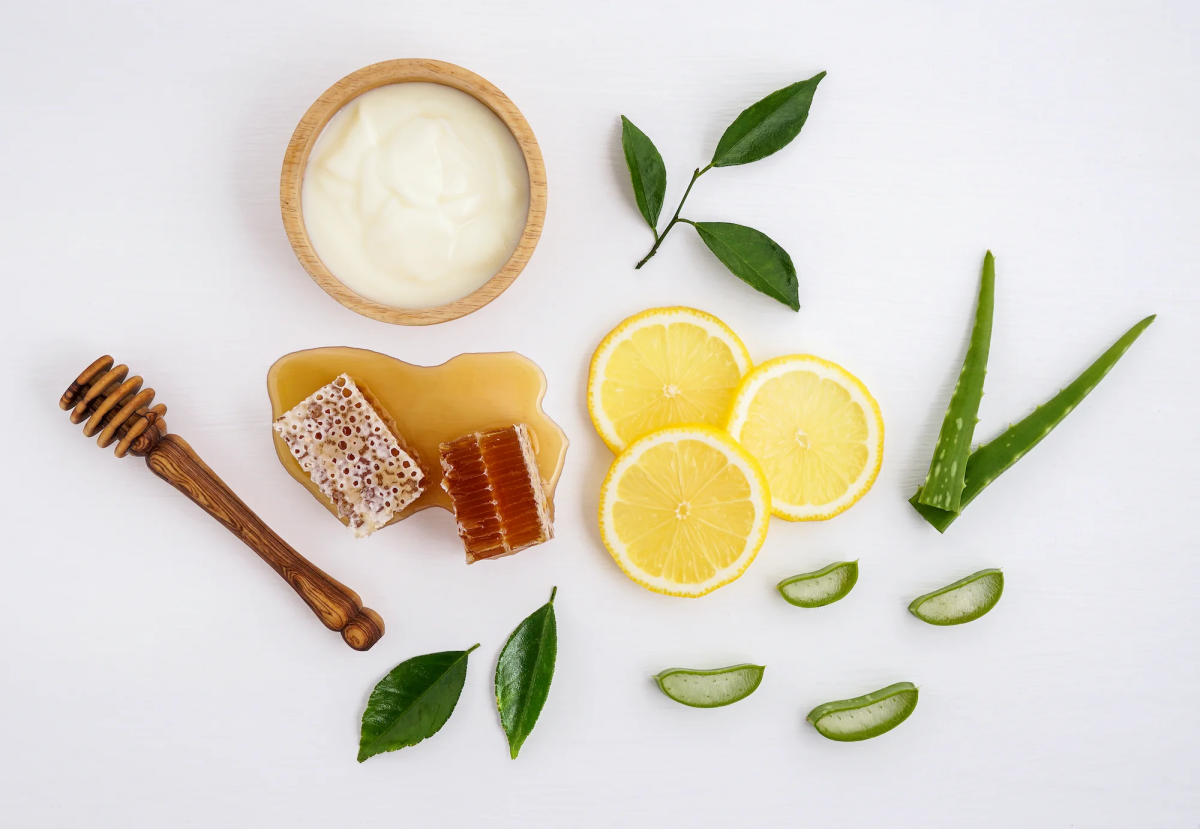
Galerie d’inspiration

Wondering why your blonde turned a murky green after that pool party?
The culprit isn’t the chlorine itself, but its reaction with copper, an algaecide commonly found in pool water. When chlorine oxidizes the copper, the metal particles bind to the proteins in your hair shaft, leaving behind that unwanted greenish tint. Lighter and more porous hair is especially susceptible. To counteract this, use a clarifying or chelating shampoo, like the Malibu C Hard Water Wellness Shampoo, which is specifically designed to strip away these mineral deposits without stripping your hair’s moisture.










